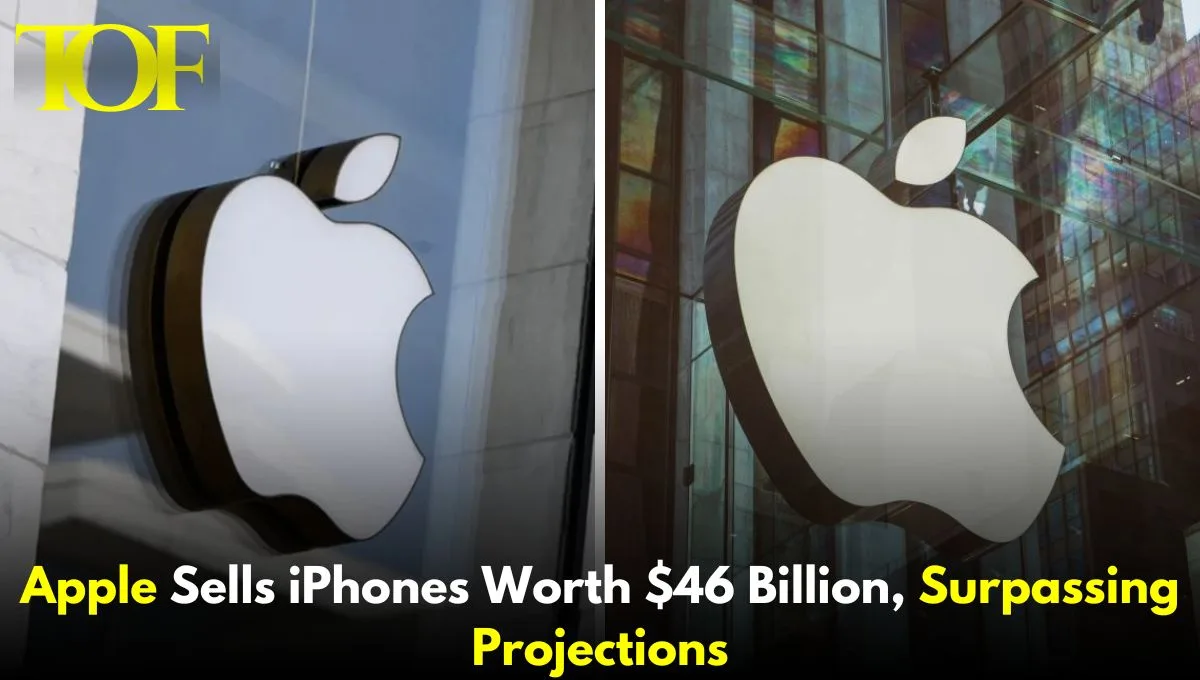It appears a silver lining for Apple in the shape of a healthy recovery of iPhone sales for the summer quarter, and a good after-effect of reviving demand through AI enhancements. Apple reported iPhone sales had reached $46.22 billion for the July-September period, which is up 6% from last year during the same time frame and wipes out two straight declines in quarterly iPhone sales.
Improved iPhone sales contributed to a stronger overall financial performance, with Apple posting revenue and profit figures that exceeded analysts’ projections. Excluding a one-time charge of $10.2 billion stemming from a recent European Union court decision over back taxes, Apple earned $14.74 billion, or 97 cents per share—a 36% drop from last year. Besides that, without the tax charge, Apple’s earnings would have been $1.64 per share. That is above the expectation of analysts at $1.60. Revenue in the quarter increased by 6% to $94.93 billion, about $400 million more than that estimated by analysts.
Even though those were strong numbers, investors were a little puzzled with Apple’s outlook for the fourth quarter, which spans October through December and the all-important holiday season, prompting Apple’s stock to decline by 2% in after-hours trading Thursday. Shares, at about $221, are still well off the October high of $237.
During this quarter, the new iPhone 16 was released, this time in four models to take care of a myriad of features enabled through AI, a term that Apple branded as “Apple Intelligence.” The uniqueness of the technology will allow it to stand at a level much above its contemporaries: Samsung and Google, for example, whose smartphones are already embedded with similar technologies.
Sales and AI development growth also suggest that Apple has been taking on tread innovation with strength while maintaining excellent sales momentum in its competitive marketplace.
To Read More: Finance

